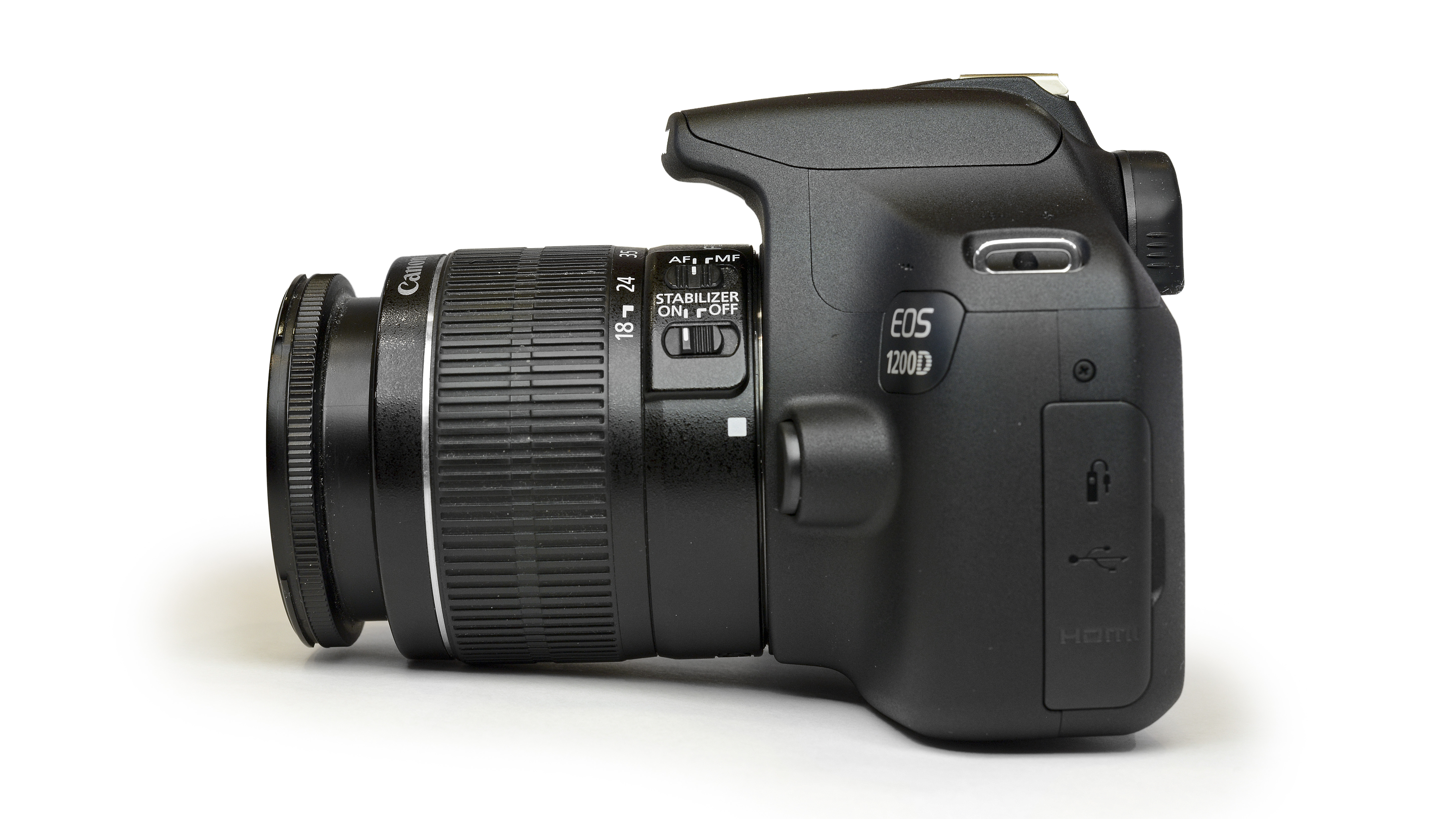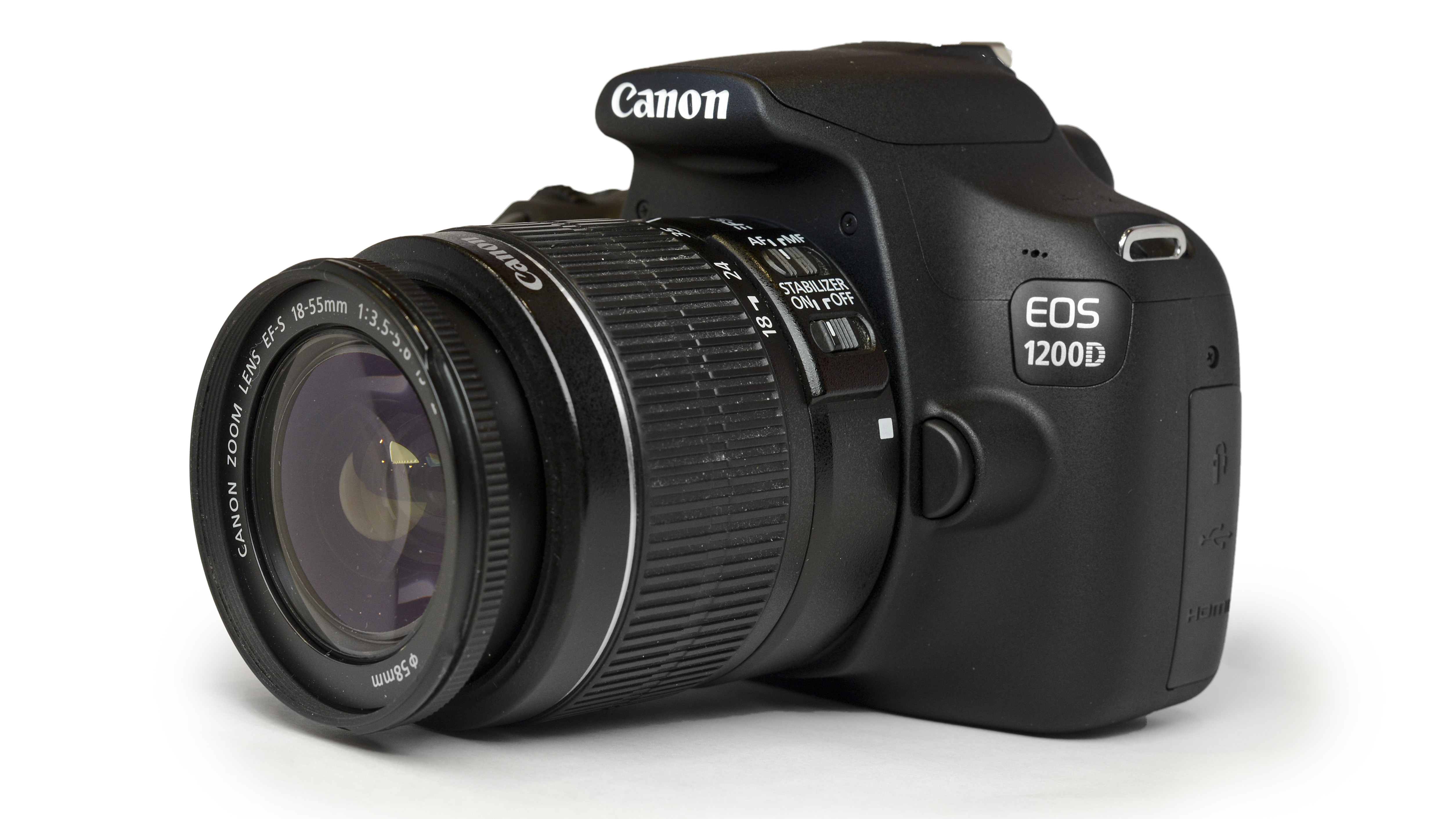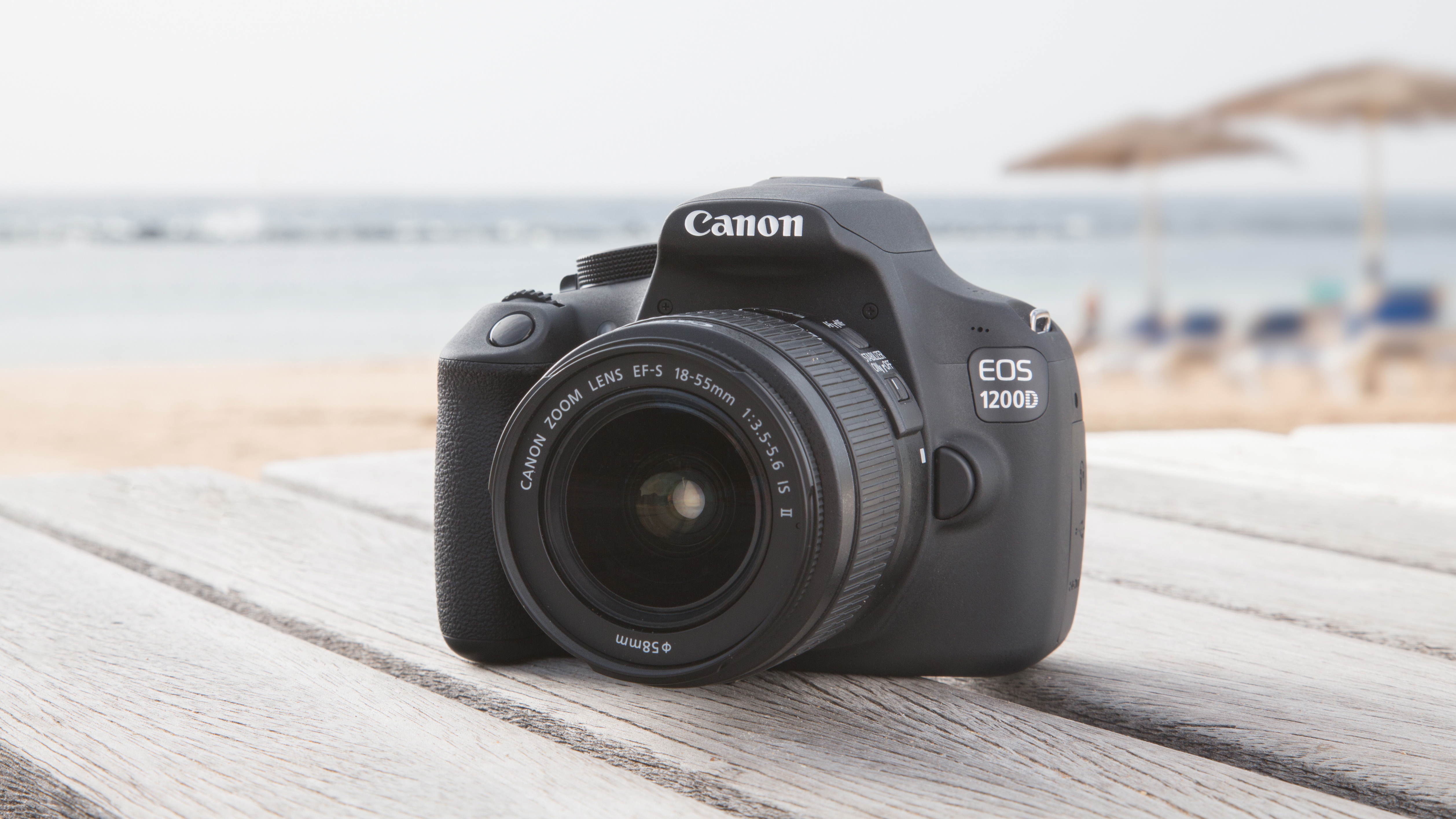Why you can trust TechRadar
It feels like we have been waiting a long time for the 1100D to be upgraded. Three years is a pretty long time in the life cycle of a camera, especially for those at the beginner end of the line-up.
It's therefore a little disappointing that Canon hasn't offered anything particularly revolutionary in the 1200D, offering more of a gentle upgrade than a complete reworking of the 1100D.
That said, image quality is very good – as we've come to expect from Canon cameras. Colours are bright and punchy, without being overly vibrant – the 1200D maintains Canon's propensity for pleasingly warm tones that stay just on the right side of accurate.

You can use Picture Styles to experiment with how colours appear, which is useful if you want to increase vibrancy or contrast. Using the Automatic setting is good for everyday shooting scenarios, while the Monochrome setting gives pleasing black and white images. We found that adjusting the contrast in this setting worked well for some subjects too.
These days, an 18 million-pixel count seems fairly modest for an SLR, but the 1200D is capable of resolving a good amount of detail. Our labs tests indicate that the 1200D does well for detail resolution, favouring that over noise reduction, especially in raw format files. You can read more about our labs tests in the following pages.
If examining images at 100%, it's possible to see some image smoothing at mid-range sensitivities, but it's not something that's troubling at printing sizes of A3 or below. At very low sensitivities, such as ISO 100 or 200, detail is kept very well.

The Nikon D3300 has a higher resolution (24 million-pixels), and no optical low pass filter, so it's better placed to capture detail – but the difference is probably only something you'll notice if you're making huge prints, or have a tendency to photograph subjects with lots of fine detail.
Sign up for breaking news, reviews, opinion, top tech deals, and more.
If we take a look at raw files, we can see that more detail is visible as no image smoothing is applied – this means that you can apply your own noise reduction, depending on whether you want to prioritise detail resolution or lack of noise. As this is an entry-level camera, it's not something we'd expect the majority of its users to be doing, but it is useful to have that ability if you need it. You can use Canon's Digital Photo Professional, which is supplied in the 1200D box, to apply noise reduction.
Noise is generally well controlled throughout the sensitivity range. At reasonably high sensitivities, such as ISO 800, noise is very limited, which is great to see. Happily, detail is also kept pretty well at these sensitivities too. At ISO 1600, more noise is visible. Although noise reduction does a good job of keeping it to a minimum at ISO 1600, it is possible to see some loss of detail when examining images at 100%.

At ISO 3200, noise and loss of detail is worse still, but again, unless you're printing at large sizes, they are more than acceptable for use. Overall, we're pleased that despite using a two-generation old processor, noise doesn't seem to be too much of a problem.
Like other Canon cameras, the 1200D uses Canon's iFCL metering system. Generally this does a good job of producing well balanced exposures, but it can be problematic to use when you're shooting a high contrast scene. This is because iFCL metering gives precedence to the subject, which is under the active AF point, and can lead to under- or over-exposure in certain conditions. If this proves to be a problem, switching to spot metering can be beneficial.
The camera's automatic white balance system does an excellent job in a range of different lighting conditions. While shooting indoors, under artificial lighting, the camera errs ever so slightly towards warmer tones, but it's generally not too displeasing, and if you find it too inaccurate, you can always set a more specific white balance setting, such as Incandescent.
Sometimes, processing speeds can be a little lacklustre. For instance, if you take a couple of shots in quick succession, waiting for them to appear on the LCD screen can take a frustrating few seconds. We suspect this is due to the older processor used, but, in fairness, we also noticed it when testing Nikon D3300.

Autofocusing speeds are generally fairly quick when shooting in bright or good light. The kit lens takes a little longer than some other prime lenses to focus, and because it's not hyper or ultrasonic, it can seem quite loud if you're shooting in a quiet environment.
It's also worth noting that switching to Live View significantly reduces the speed at which the camera can focus, so it's only really recommended for shooting still, or near still, subjects. It's also useful for shooting macros where the larger view given by the screen is useful for pinpoint focusing.
Going back to the kit lens, the 18-55mm f/3.5-5.6 optic supplied with the 1200D is a decent all-round performer for your first lens. By shooting at mid-range apertures, such as f/8, we can assess the sharpness of the lens. Here, the kit lens puts in a good performance, producing reasonably sharp images across the frame.

Although battery life isn't quite as good as the quoted Nikon D3300 battery life, it still puts in a very good performance. We shot for a few hours at a time and the battery indicator was still displaying as full or nearly full by the end of the day, suggesting it's unlikely you'll need a second battery unless you plan to shoot with it for several days at a time without charge.
Current page: Performance
Prev Page Build quality and handling Next Page Image quality and resolution
Amy has been writing about cameras, photography and associated tech since 2009. Amy was once part of the photography testing team for Future Publishing working across TechRadar, Digital Camera, PhotoPlus, N Photo and Photography Week. For her photography, she has won awards and has been exhibited. She often partakes in unusual projects - including one intense year where she used a different camera every single day. Amy is currently the Features Editor at Amateur Photographer magazine, and in her increasingly little spare time works across a number of high-profile publications including Wired, Stuff, Digital Camera World, Expert Reviews, and just a little off-tangent, PetsRadar.
